Antioxidants to the Rescue! [January-20-2014]
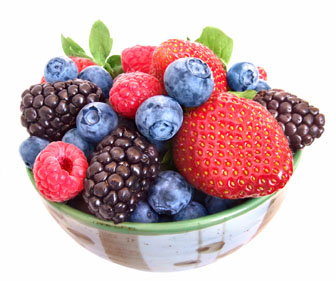 Every day our bodies are in a constant fight between things that are good for it and things that are bad for it.
Every day our bodies are in a constant fight between things that are good for it and things that are bad for it.
On the bad side are some particularly nasty chemicals called free radicals. They are highly reactive, unstable molecules that damage healthy cells and basically are responsible for everything we call "aging"&emdash;both internally and externally. Free radical damage has been shown to contribute to various cancers, atherosclerosis, vision loss, and a number of other chronic conditions including Parkinson's disease and Alzheimer's disease.
On the good side are molecules called antioxidants that can effectively combat the negative effects of the free radicals. Antioxidants first gained widespread attention in the 1990s after published research began to uncover their benefits.
How do you get antioxidants? First of all, eat plenty of fruits and veggies. So as to protect their constantly exposed tissues from the ravaging attacks of free radicals fruits and vegetables have developed their own natural defense system containing hundreds of different phytochemicals. These agents work synergistically together in the daily battle against the free radicals. If it sounds like war...it is!
The first line of defense are carotenoids, a major class of phytonutrients, that give rise to the bright red, orange and yellow hues of plants, fruits and flowers. Examples include beta-carotene, alpha-carotene, lutein and lycopene. Flavanoids provide increased cell protection for the DNA and among the most powerful antioxidants are CoQ10 and vitamins C and E.
So which foods have the most antioxidants? Major fruit sources are blueberries, blackberries, raspberries, strawberries and cranberries as well as pears, plums, apples, cherries and oranges. The best vegetable sources are artichokes, red cabbage and red leaf lettuce. Other good choices are asparagus and broccoli. Sweet potatoes and russet potatoes-with the skin on-are also ideal.
Walnuts, pistachios, pecans, hazelnuts and almonds are some of the best nuts for antioxidant content. If nuts aren't your thing or you have allergies try beans and legumes, instead, such as kidney bean and lentils. And here's some really good news: you can get a great antioxidant boost from eating chocolate, especially dark chocolate.
When it comes to adding antioxidants to your diet, it's vital to note that no single food group should be your focus. The key is to go for a variety of fruits, vegetables, nuts, beans and legumes.
Says the Mayo Clinic, "As a bonus, foods high in antioxidants are high in fiber, low in saturated fat and cholesterol, and are good sources of other vitamins and minerals."
How much should you get? The recommendation from leading government agencies used to be five servings of fruits and vegetables a day-but that's been increased and the very latest dietary guidelines call for five to thirteen servings a day (2% to 6% cups per day), depending on how many calories you consume. The average American comes nowhere close to achieving that, eating a total of just three servings of fruits and vegetables a day.
The Harvard School of Public Health says, "Over the past 30 years or so, researchers have developed a solid base of science to back up what generations of mothers preached (but didn't always practice themselves). Early on, fruits and vegetables were acclaimed as cancer-fighting foods. In fact, the ubiquitous '5 A Day' message seen in produce aisles, magazine ads, and schools was supported in part by the National Cancer Institute. The latest research, though, suggests that the biggest payoff from eating fruits and vegetables is for the heart."
The most significant study so far monitored the dietary habits of almost 110,000 men and women for 14 years. They found that those people with the highest average daily intake of fruits and vegetables had the lowest chances of developing cardiovascular disease. Those who averaged eight or more servings a day were 30 percent less likely to have had a heart attack or stroke than those who consumed less than 1.5 servings.
The bottom line, of course, is that most people in today's world will never eat the "required" amount of fruit and vegetables...and that's where supplementation with good antioxidants every day can have a major beneficial impact on your health.
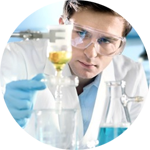 For over 14 years, we have made it our mission to collaborate with innovative practitioners, nutritional experts, and scientists to realize their concepts and ideas into life changing products and applications. This cultivated group called "The Founding Scientists," is what makes GHT the unique, robust and respected organization in industries of nutrition and health.
For over 14 years, we have made it our mission to collaborate with innovative practitioners, nutritional experts, and scientists to realize their concepts and ideas into life changing products and applications. This cultivated group called "The Founding Scientists," is what makes GHT the unique, robust and respected organization in industries of nutrition and health.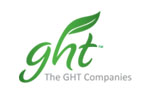







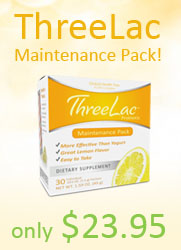
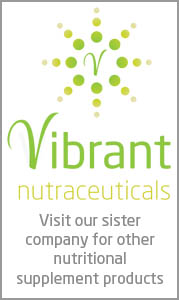
 Every day our bodies are in a constant fight between things that are good for it and things that are bad for it.
Every day our bodies are in a constant fight between things that are good for it and things that are bad for it.




